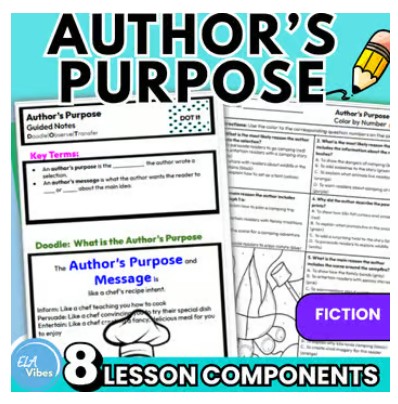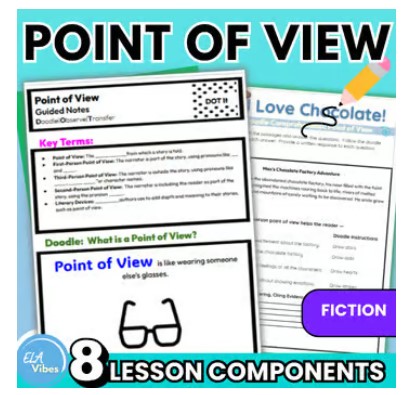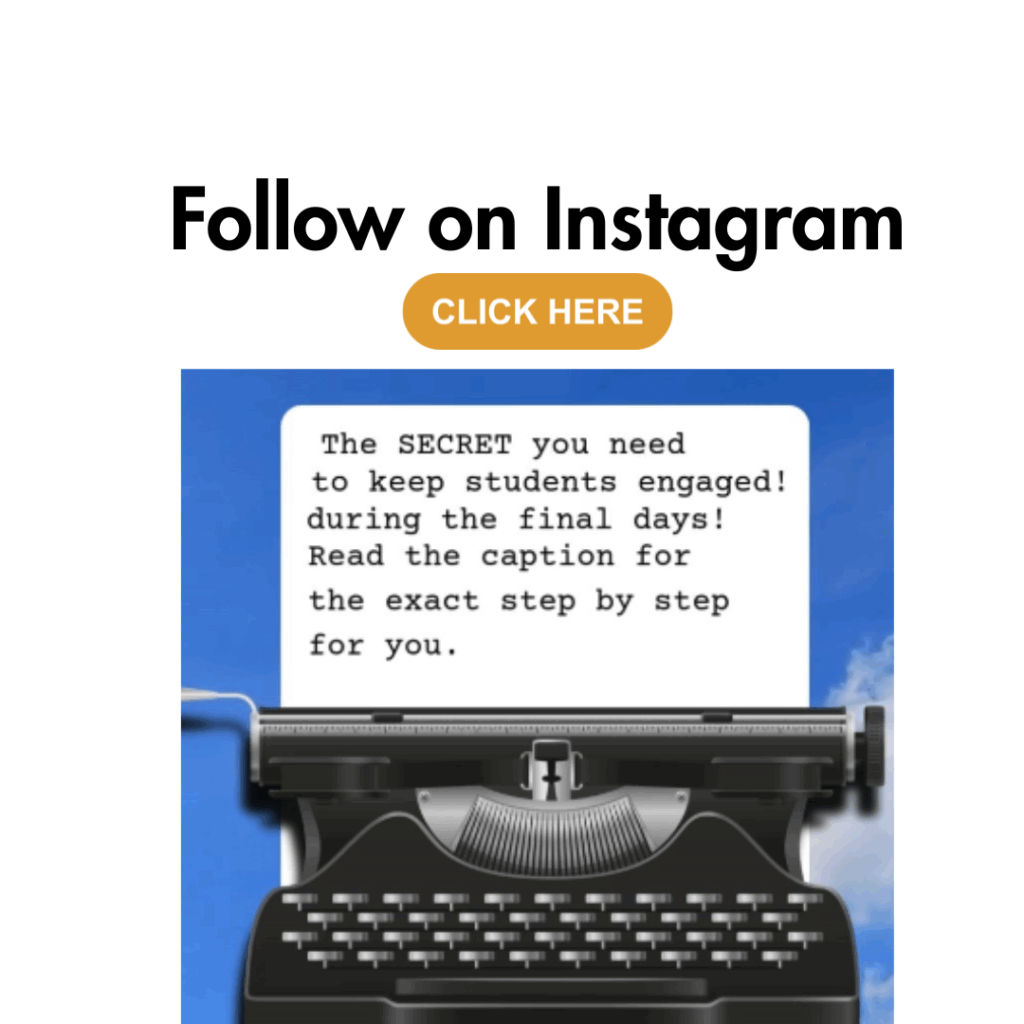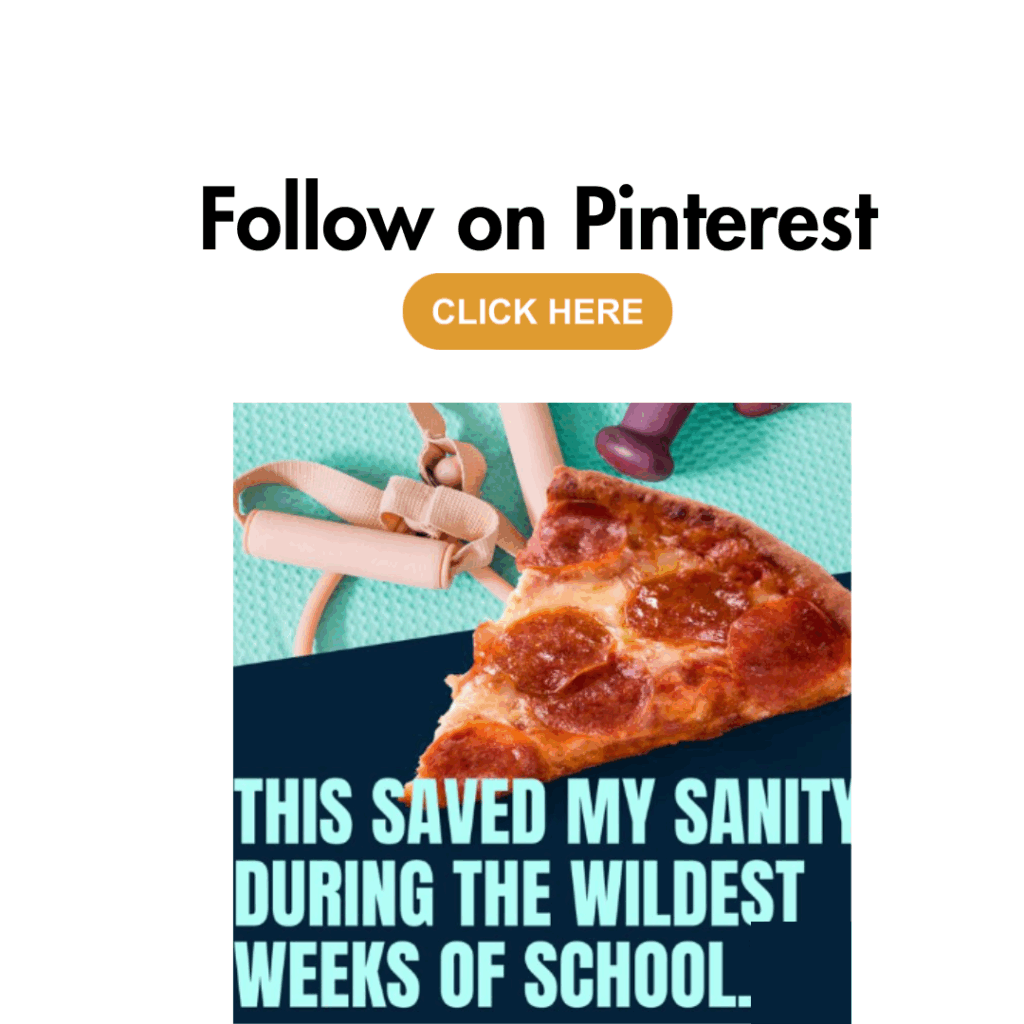If you’re trying to improve your students’ reading comprehension, graphic organizers can be a great tool to use. These visual supports help students organize thoughts, break down texts, and understand what they are reading. Whether you’re teaching whole group or working with small groups, using graphic organizers like Venn diagrams, KWL charts, and concept maps gives students a clearer way to process information. They work across genres, from informational text to short stories, and support all kinds of learners including English Language Learners and students with learning disabilities. In this post, we’ll dig into how these visual tools help with comprehension, the different types of graphic organizers, and real examples to use in your classroom.

What are Graphic Organizers for Reading Strategies?
Graphic organizers are simple visual tools that help students break down information and organize their thoughts while reading. They may look like: a series of boxes, a Venn diagram, a concept map, or even a descriptive feature chart. What they all have in common is that they help students make sense of what they’re reading by giving them a structure to follow.
These tools are great for building reading comprehension skills. They walk students through the process of identifying the main idea, noting key points, connecting new ideas to their background knowledge, and many other skills. When used with explicit instruction, graphic organizers help students dive deeper into the text. They are also easy to tweak by grade level, subject, or reading strategy focus, whether that’s making inferences, identifying character traits, or analyzing elements of a story.
Why Are Graphic Organizers Good for Comprehension?
Reading without a graphic organizer is like building LEGOs without instructions. You might get there, but it’s harder to see how everything fits together.
Graphic organizers:
- Make abstract thinking more concrete
- Help students connect with content by linking ideas, drawing conclusions, and track order of events
- Promote critical thinking and long-term retention
- Encourage students to process and remember what they’re learning
- Build background knowledge before starting a new topic
- Guide students during independent reading.
- Define unfamiliar vocabulary, chart character traits, or organize plot points
- Support focus and purposeful reading
- Help visual learners better understand and retain content
- Provide consistent tools for students with learning disabilities
- Promote independence and reduce cognitive load
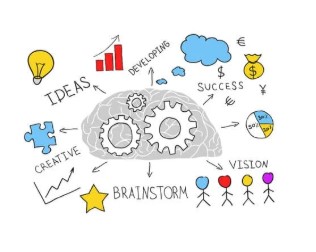
What Are the 7 Types of Graphic Organizer?
There are lots of different types of graphic organizers, but these seven are some of the most useful tools for teaching reading strategies and improving text comprehension:
- Venn Diagram: Helps students compare and contrast ideas, characters, or texts. Great for exploring similarities and differences in short stories or informational text.

2. K-W-L Chart: Stands for “Know, Want to Know, Learned.” A perfect pre-reading activity for activating background knowledge and tracking new information as students read.

3. Concept Map: Shows how ideas are connected. Often used to explore a new topic, sort vocabulary words, or understand the main idea.
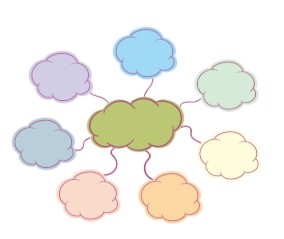
4. Story Map: Breaks down elements of a story like setting, characters, plot, and resolution. This is especially helpful for younger readers or as a mentor text follow-up.
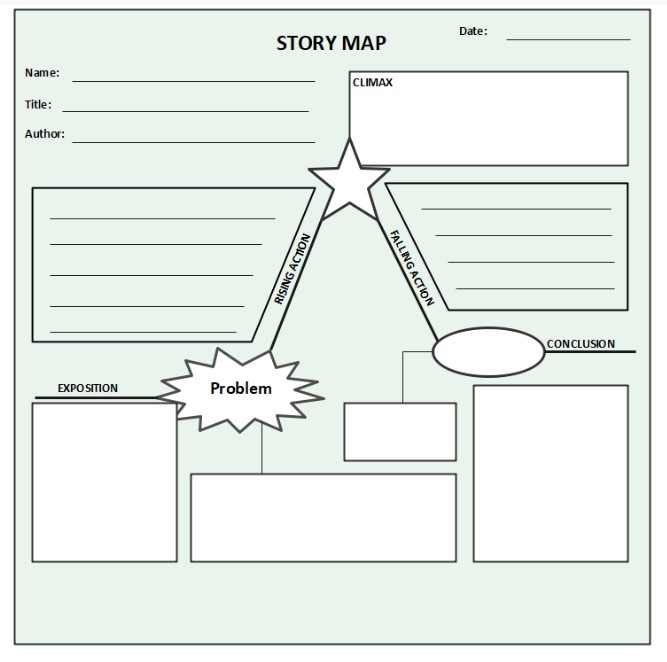
5. Sequence Chain: A series of boxes that help students keep track of the order of events. Ideal for cause-effect relationships or following procedural texts.

6. T-Chart: An organizer that helps students list similarities and differences, facts vs. opinions, or key points from both sides of a topic. Students can even design their own t-charts for different purposes.
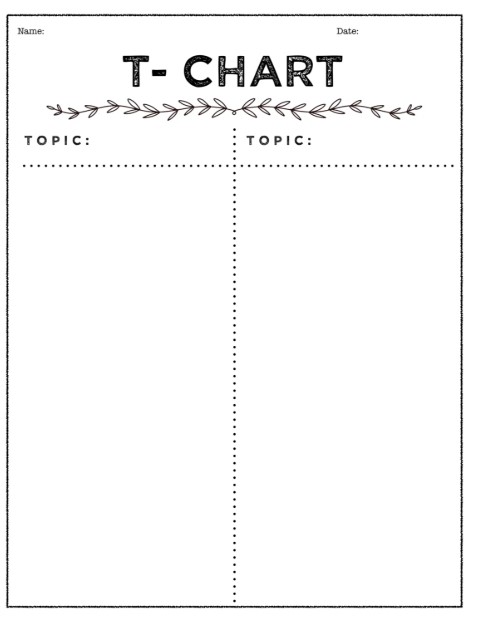
7. Descriptive Feature Chart: Helps break down and compare new concepts by listing characteristics or features. Useful for nonfiction texts and building content-area vocabulary.
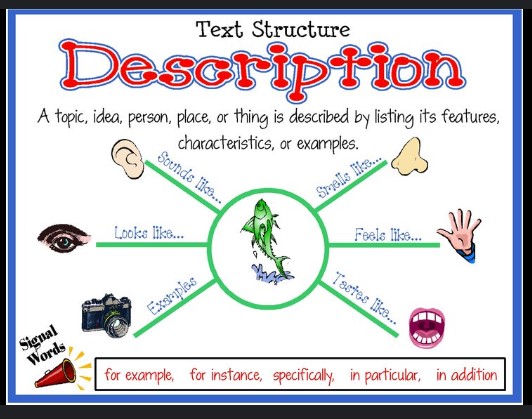
These graphic organizers can be used during whole group, small group, or independent reading. You can even use them during writing as a pre-writing tool.
How Do I Teach Students to Use Graphic Organizers?
Start simple. Pick one organizer and walk through it together using a short article or picture book. For example, let’s use a KWL chart. Think aloud while you fill in each part. “Here’s what I already know about volcanoes… here’s what I want to find out.” Modeling like this shows students how to use the organizer with purpose.
Then, let them try it with your support. Read something together and fill in the chart as a class. Talk through each step, ask guiding questions, and make room for discussion. Once students get the hang of it, have them try using the same type of organizer in pairs or small groups. Eventually, they’ll be ready to use it during independent reading.
It helps to build routines around these tools. Use the same graphic organizer multiple times across different texts so kids start recognizing the pattern. You can even post an anchor chart with simple steps for using the organizer. Add sentence starters or sticky note prompts if they need extra help.
And if you’re working with English language learners or students with learning disabilities, give them a partially filled-in version or sentence frames to get them going. Over time, students start using the strategy on their own, without needing as much guidance.
Looking for ready-to-use graphic organizers for your classroom? Check out these resource bundles that includes an anchor chart and full lesson. Click on the image for more information. ⬇️⬇️⬇️
Examples of Graphic Organizers
Here are a few ways to use these organizers across different reading scenarios:
- Venn Diagram for Comparing Characters-In a fiction unit, use a Venn diagram to compare two characters from different short stories. Have students identify character traits, motivations, and conflicts. This activity supports critical thinking and builds understanding of central idea.
- K-W-L Chart for Informational Text-Before reading an article about space, have students complete a K-W-L chart. This taps into students’ prior knowledge and encourages curiosity. After reading, they’ll fill in the last section with new information, reinforcing what they learned.
- Concept Map for Vocabulary When introducing science terms like “photosynthesis,” use a concept map to break it down into related ideas. Students include definitions, examples, and visual cues for support.
- Story Map for Fiction Elements After reading a chapter from your mentor text, guide students to fill out a story map. They identify the setting, characters, problem, and solution. This helps them understand how elements of a story connect.
- Sequence Chain for How-To Texts Use a sequence chain with a procedural or how-to text. Students use the series of boxes to show each step in the order it happens. This helps them understand the text better and remember it longer.
- T-Chart for Fact vs. Opinion In persuasive texts, use a T-chart to help students distinguish between facts and opinions. This supports critical thinking and can lead into writing discussions or debates.
- Descriptive Feature Chart for Animals When reading about animal habitats, students can fill in a descriptive feature chart comparing different species. They’ll identify key information like diet, habitat, and behaviors.
You can also create mini versions of different types of graphic organizers to post in the classroom as references. These work well during whole class lessons or as part of your lesson plans for small groups.
Conclusion: Graphic Organizers are more than worksheets
Graphic organizers are more than worksheets. They’re useful tools that help students think clearly, process text, and improve their reading comprehension skills. Whether you’re focusing on main idea, tracking the sequence of a plot, or building background knowledge, the use of a graphic organizer can make a huge difference for your readers.
Use them with mentor texts, informational text, or even during independent reading. They work for students of all ages and they support visual learners, English language learners, and students with learning disabilities.
So the next time you’re planning a new topic or tackling tricky reading strategies, try using a graphic organizer. It’s not flashy. It just works.
Additional Resources to Add to Your Toolbox
- Visual Cues that Stick
- Reading Error Analysis
- Beyond “Good Job”: Giving Students Effective Writing Feedback
- Free Escape Room

Favorite Amazon Items to Support Graphic Organizers
This post contains affiliate links, which means I may earn a small commission at no extra cost to you. I only share resources I truly love and use myself—thanks for supporting my corner of the teacher world!

